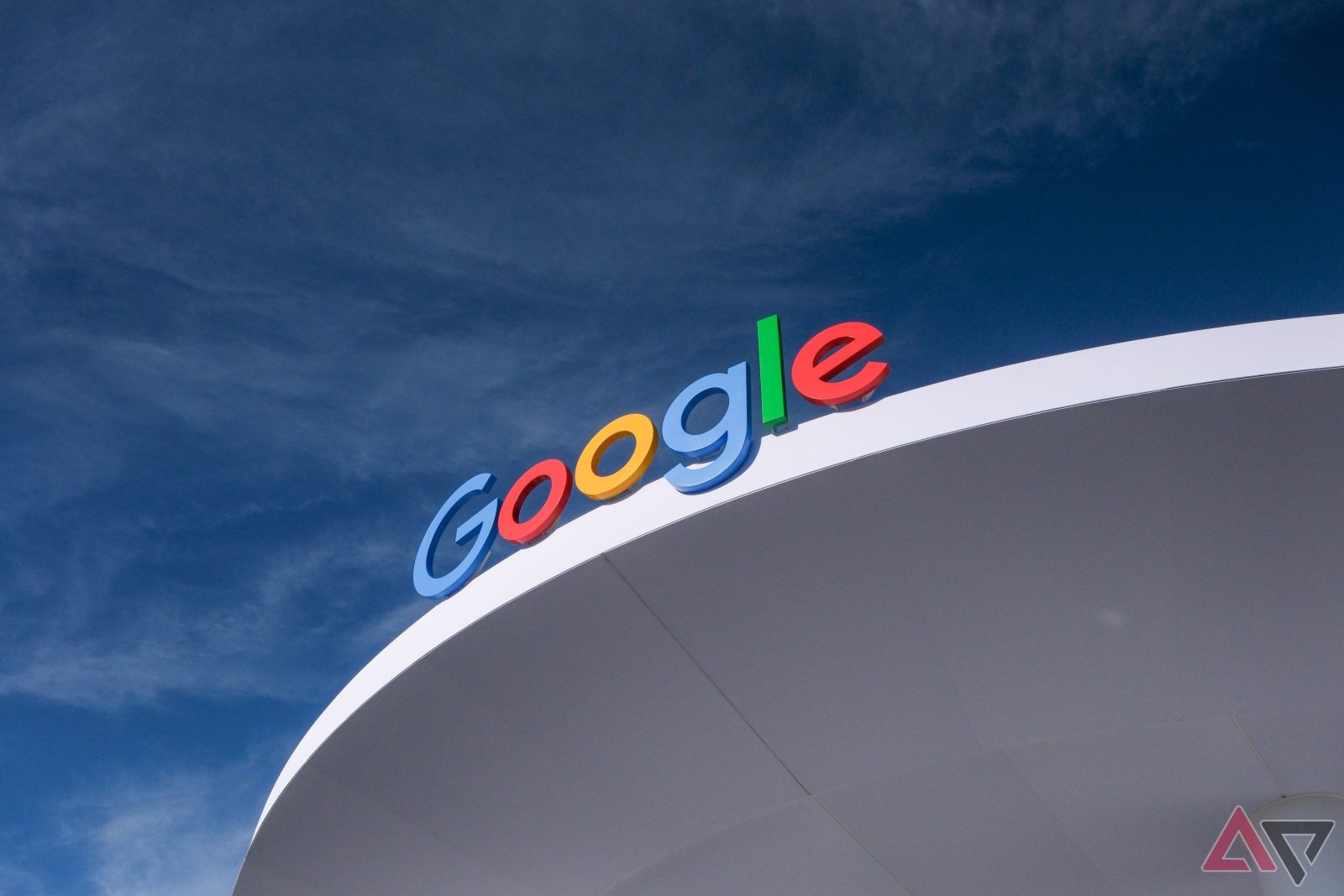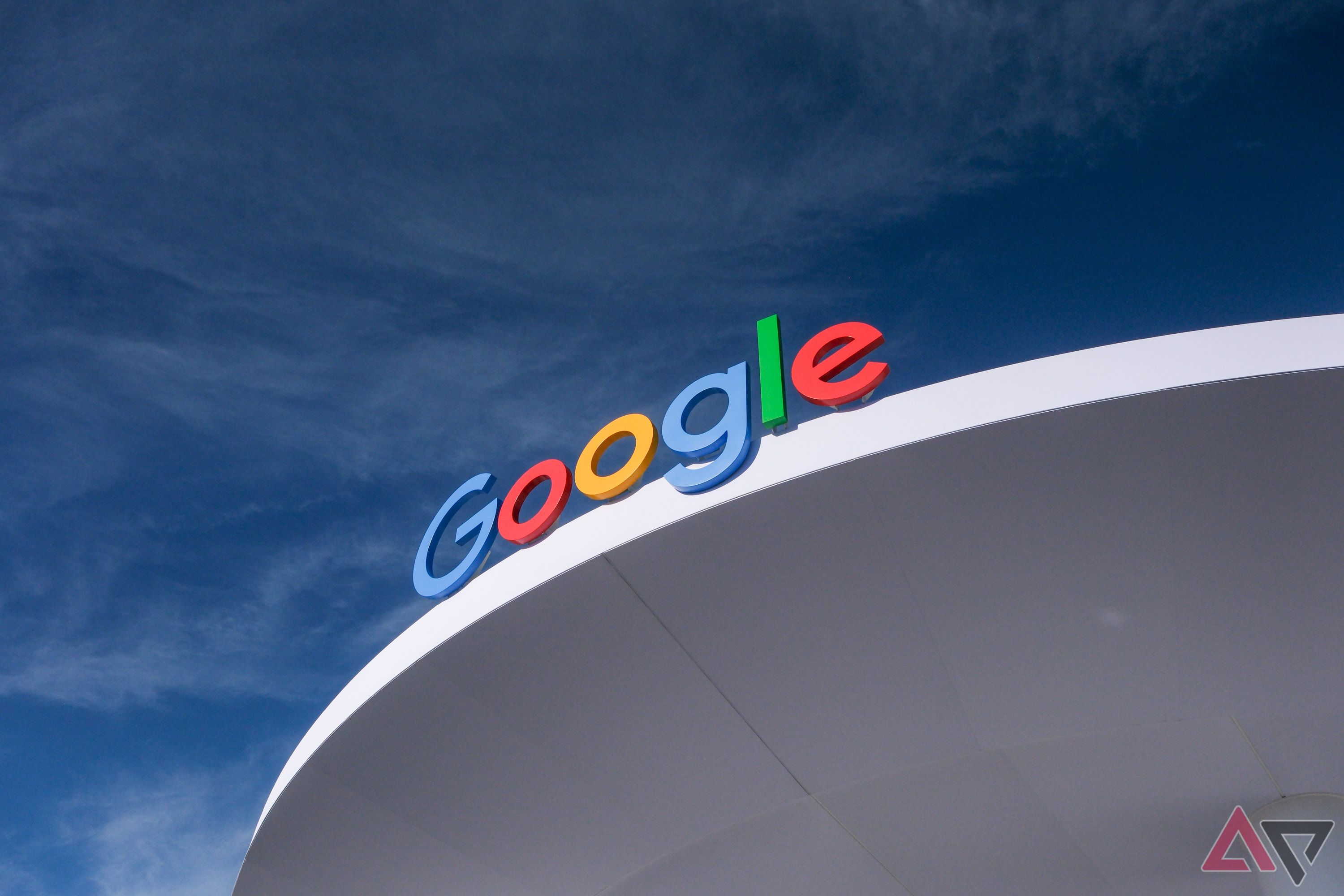AI Is Fueling A Surge In Electricity Demand, But Google Has A Solution: More AI


Sign in to your Android Police account

Summary
- Google partners with PJM to improve electricity grid.
- AI will ideally streamline and accelerate the grid interconnection process.
- Project aims to meet growing electricity demands and lower costs in the eastern US.
AI sucks down a lot of electricity, and Google’s all-in on AI. In July, Google’s 2024 environmental report revealed that the company’s emissions had risen nearly 50 percent since 2019, primarily due to increased electricity use at AI data centers. Today, the company announced a partnership aimed at creating a “smarter, more reliable electricity system” — by leveraging more AI.
The project, as Google President & Chief Investment Officer Ruth Porat states in a post on Google’s Keyword blog, is nominally about “making electricity more reliable and affordable for the 67 million people” serviced by project partner PJM Interconnection, a US electrical grid operator comprising more than 1,000 member companies across the Mid-Atlantic and Midwest regions. But in the long run, it’s meant to help meet growing electricity demands spurred by ever-growing use of power-hungry generative AI tools.
Google cites a report from Berkeley Lab’s Energy Markets & Policy department that says the US power grid’s “current interconnection process” is a significant bottleneck in deploying new electric generation. This newly announced partnership between PJM and an Alphabet moonshot called Tapestry will use AI to “streamline and accelerate the interconnection application and critical parts of the verification process,” ideally bringing more capacity online in more places, faster. Google also says this project will help “meet the region’s electricity needs as affordably as possible.”
Using AI to mitigate the cost of AI
As big tech’s AI push barrels ahead, energy and emissions considerations are going to be more and more crucial. According to Google, the multi-year partnership will improve access to power and lower costs across the region serviced by PJM by connecting new energy sources to the grid more efficiently. Google says that “a large portion” of PJM’s interconnection queue backlog comprises variable energy sources like wind and solar. In addition to this project, Google’s also “accelerating new technologies” for electricity generation, including geothermal and nuclear generation. Hey, it beats powering AI data centers with more coal.
What’s your reaction?
Love0
Sad0
Happy0
Sleepy0
Angry0
Dead0
Wink0











Leave a Reply
View Comments